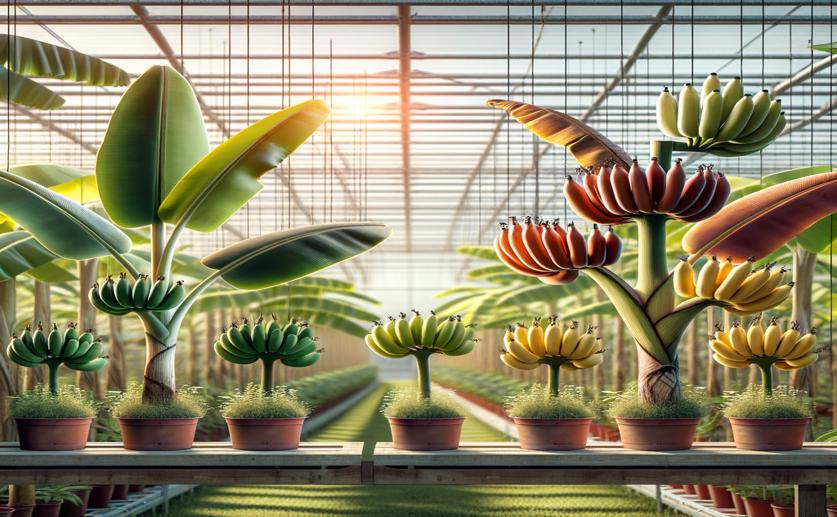
Understanding Genetic Variety and Grouping in Banana Breeding Plants
Greg Howard
31st July, 2024

Image Source: Natural Science News, 2024
Key Findings
- The study analyzed 856 banana varieties from breeding programs in Nigeria, Tanzania, Uganda, Brazil, India, and Belgium
- It found low genetic variation among diploid bananas but higher variation among tetraploid bananas
- The study identified two major genetic clusters, suggesting potential for increased diversity in banana breeding programs
AgricultureGeneticsPlant Science
References
Main Study
1) Genetic diversity and population structure in banana (Musa spp.) breeding germplasm.
Published 29th July, 2024
https://doi.org/10.1002/tpg2.20497
Related Studies
2) Suitability of existing Musa morphological descriptors to characterize East African highland 'matooke' bananas.
3) Crossbreeding East African Highland Bananas: Lessons Learnt Relevant to the Botany of the Crop After 21 Years of Genetic Enhancement.
4) Recombination and Large Structural Variations Shape Interspecific Edible Bananas Genomes.



 26th July, 2024 | Jenn Hoskins
26th July, 2024 | Jenn Hoskins